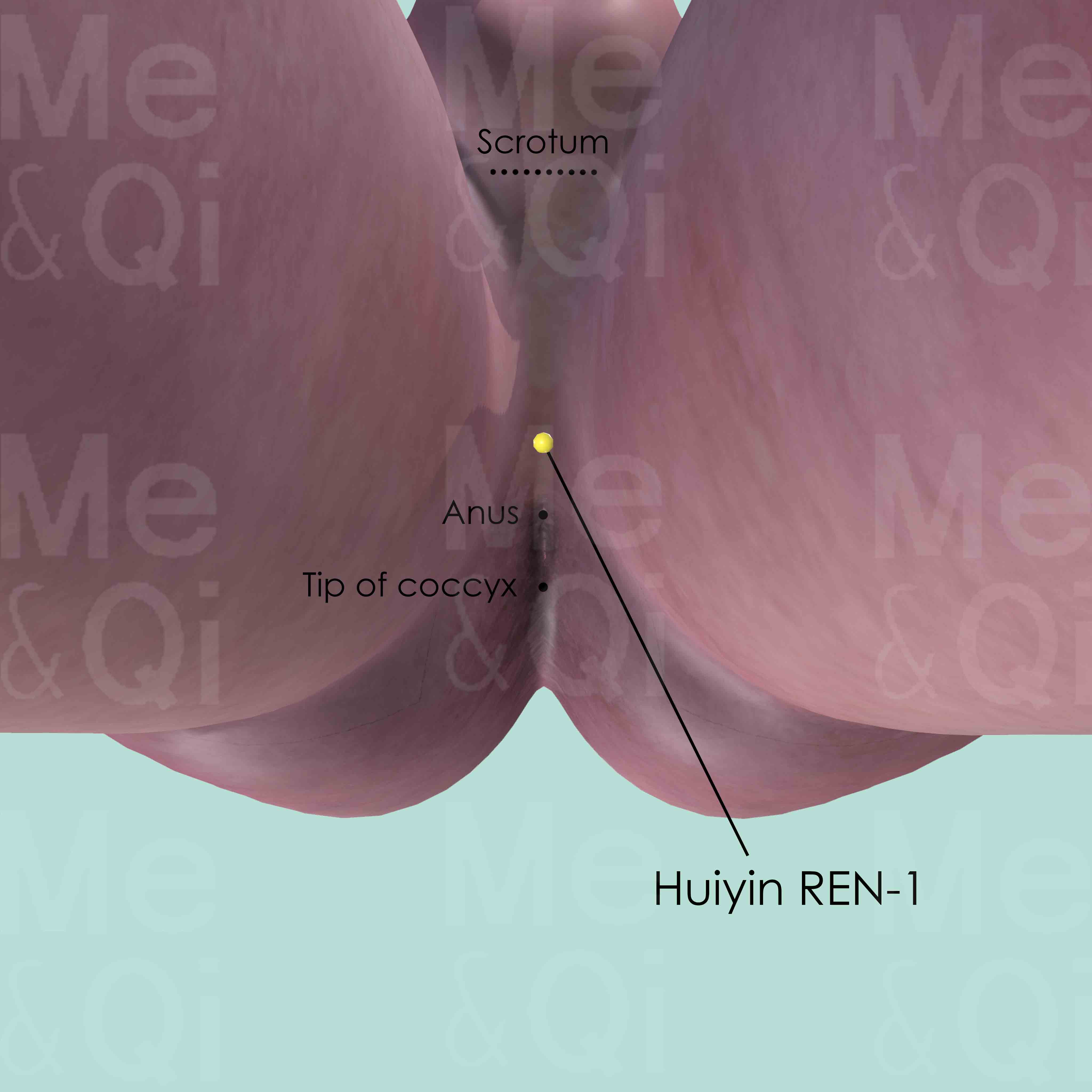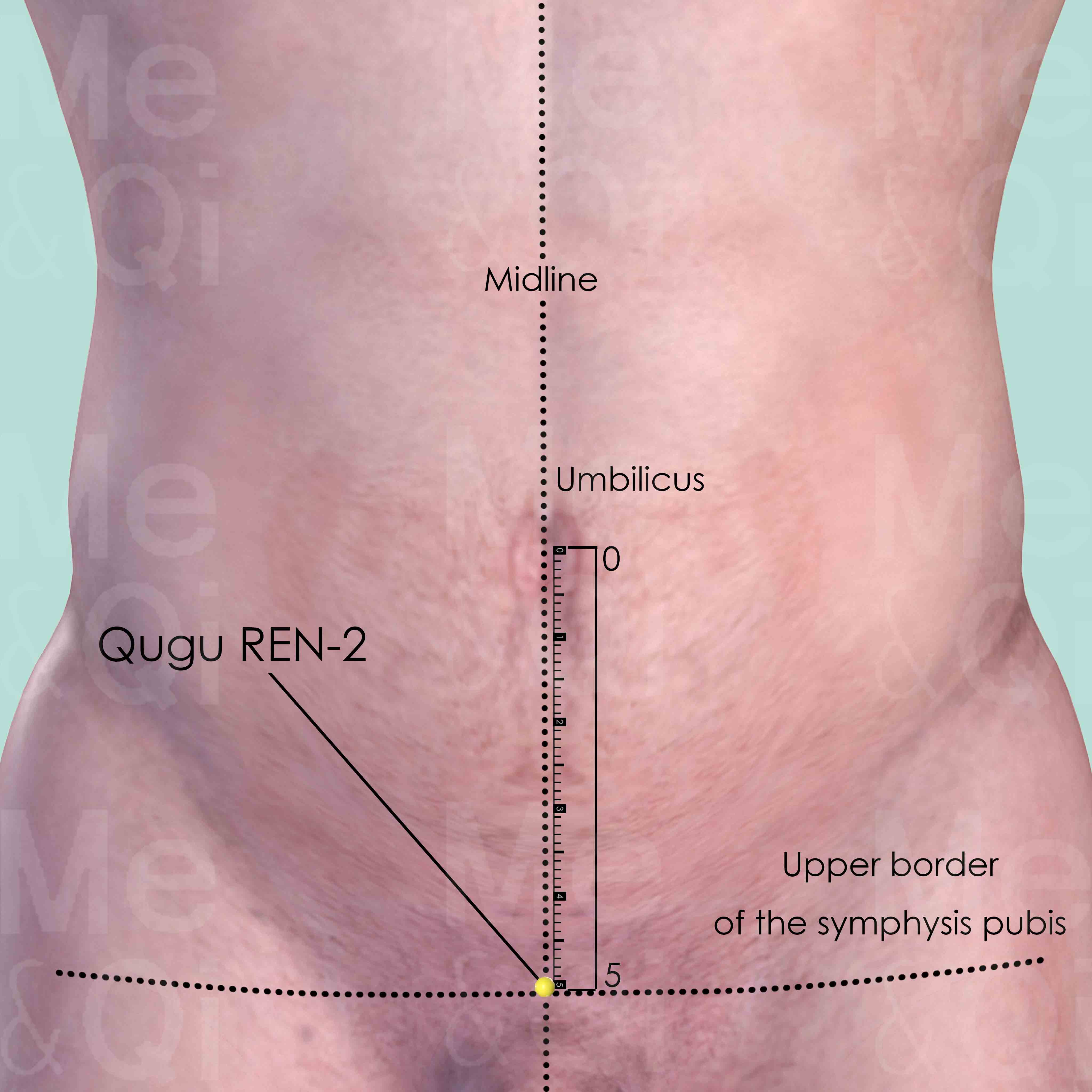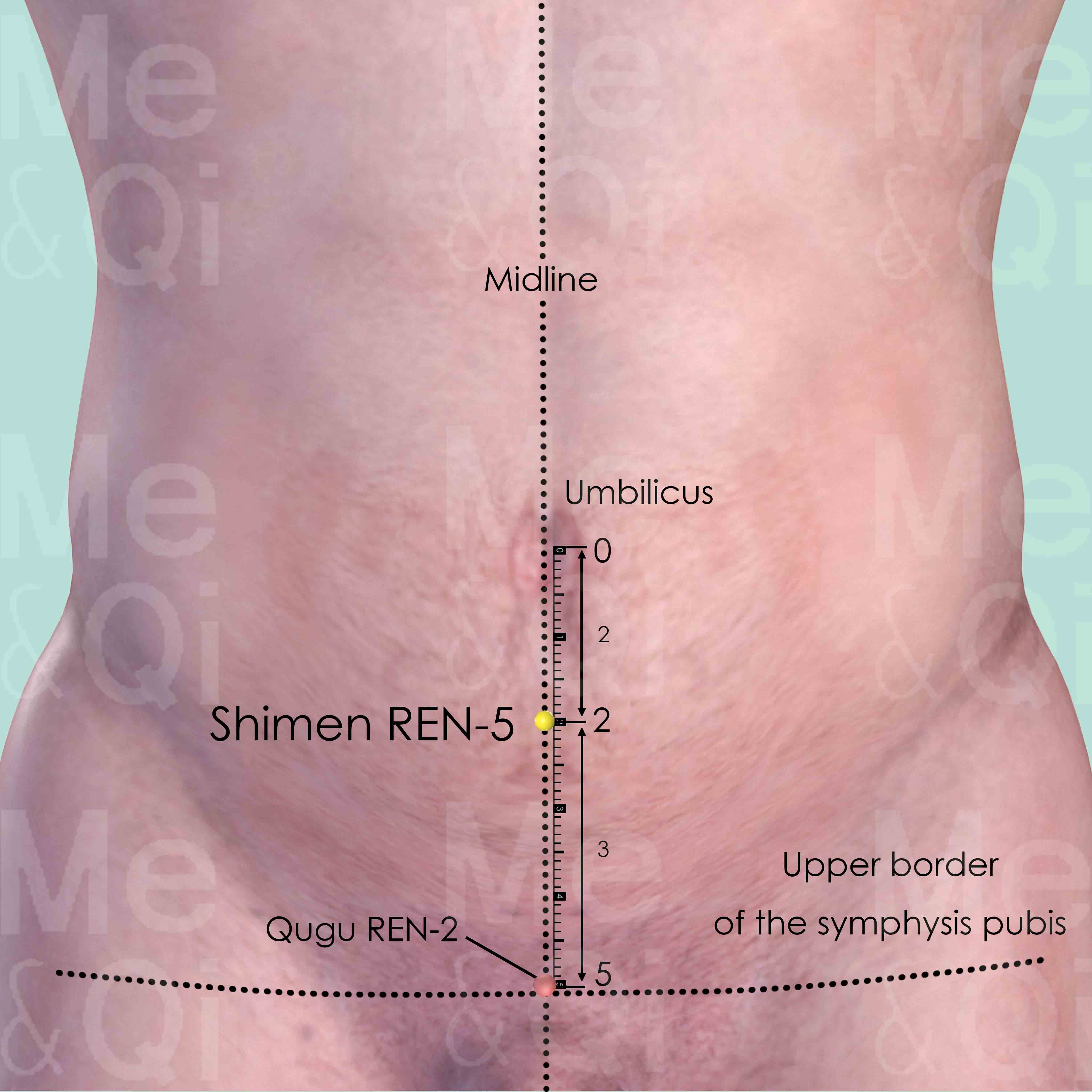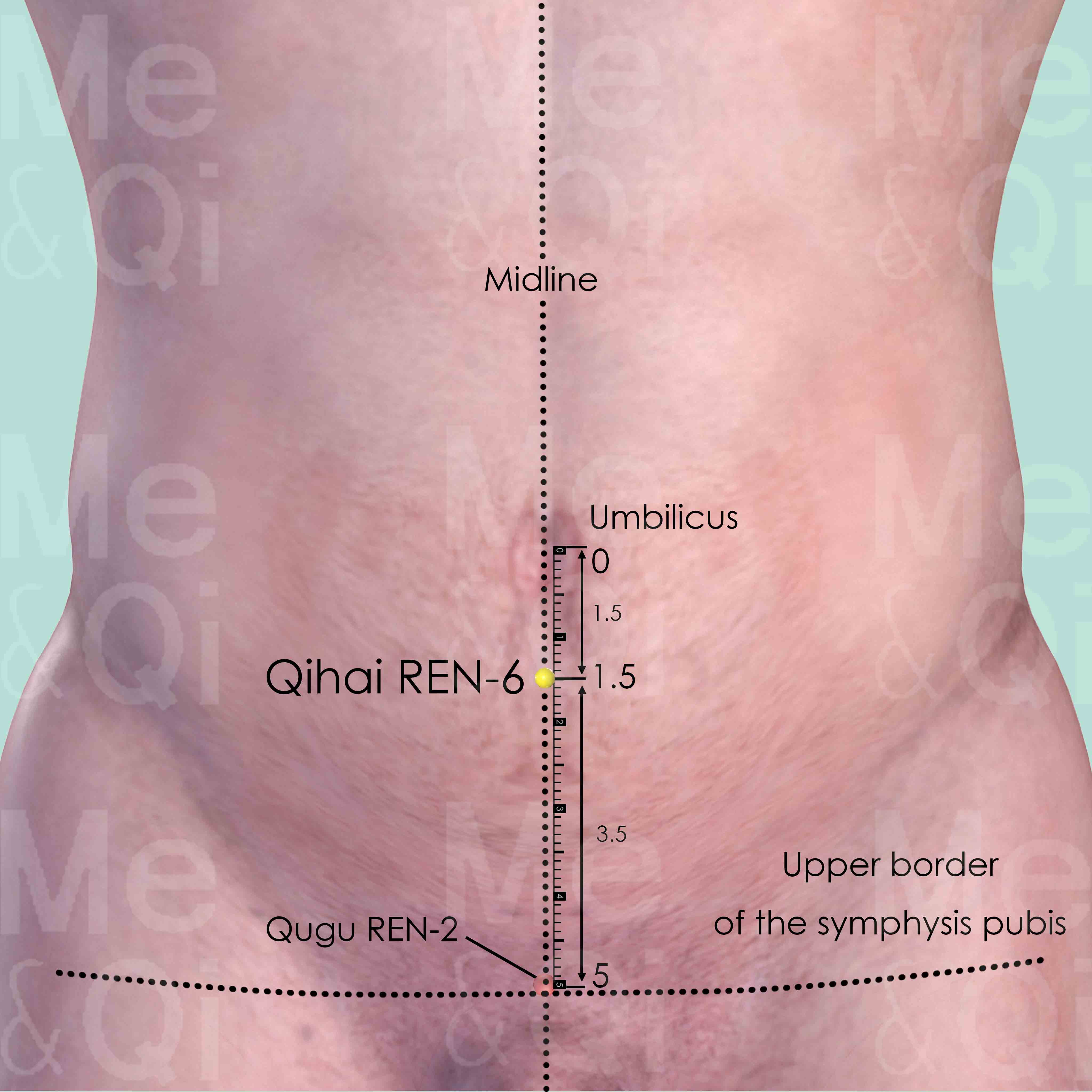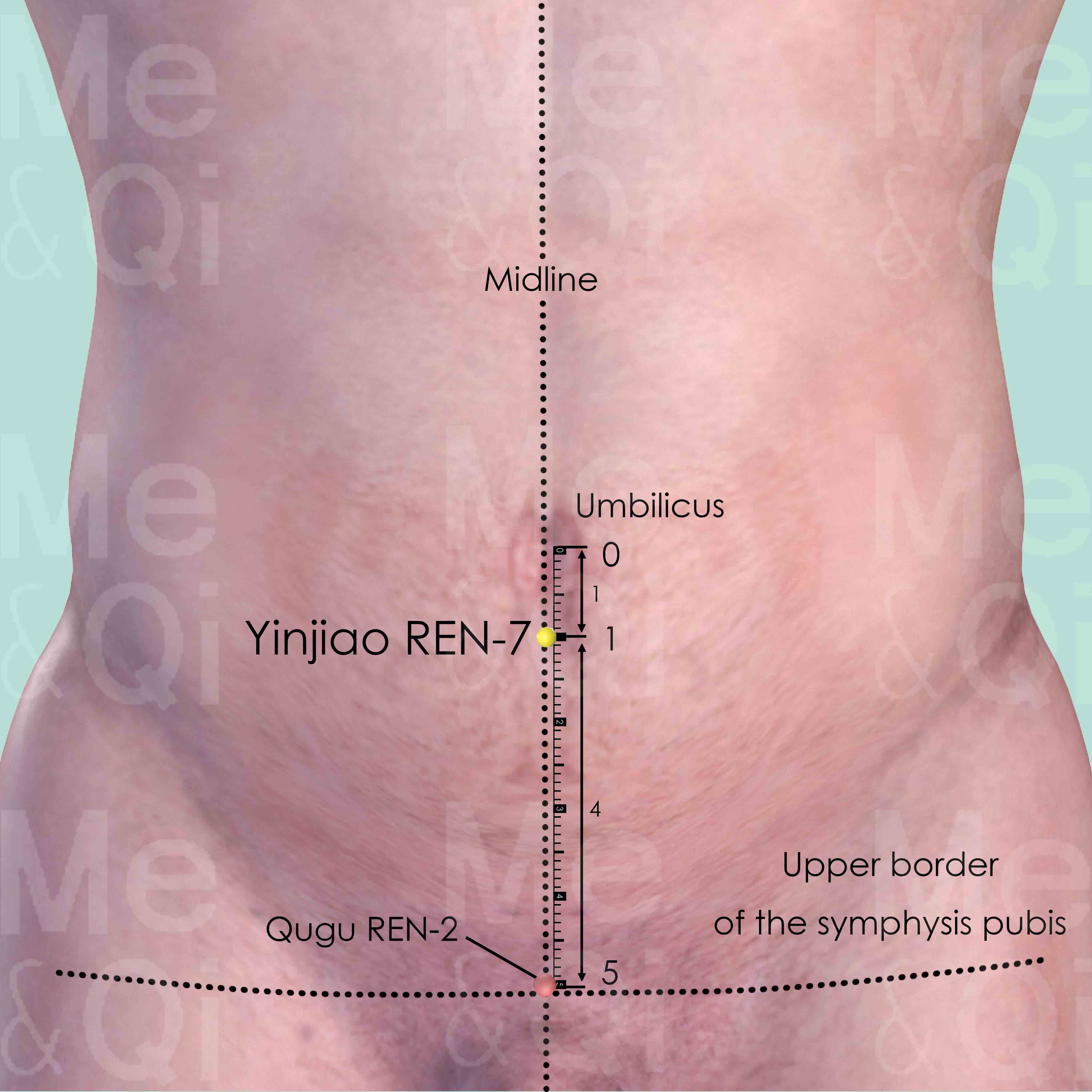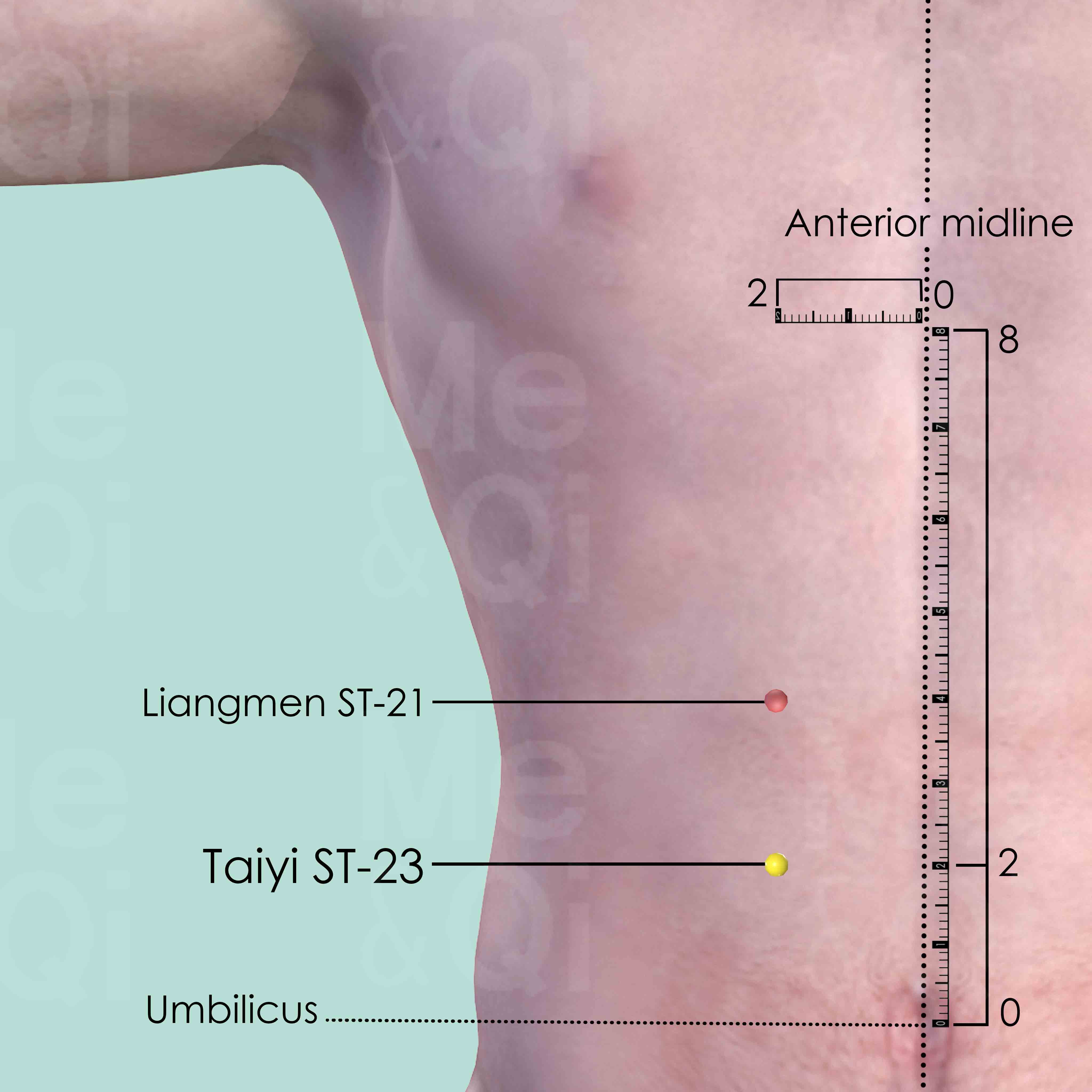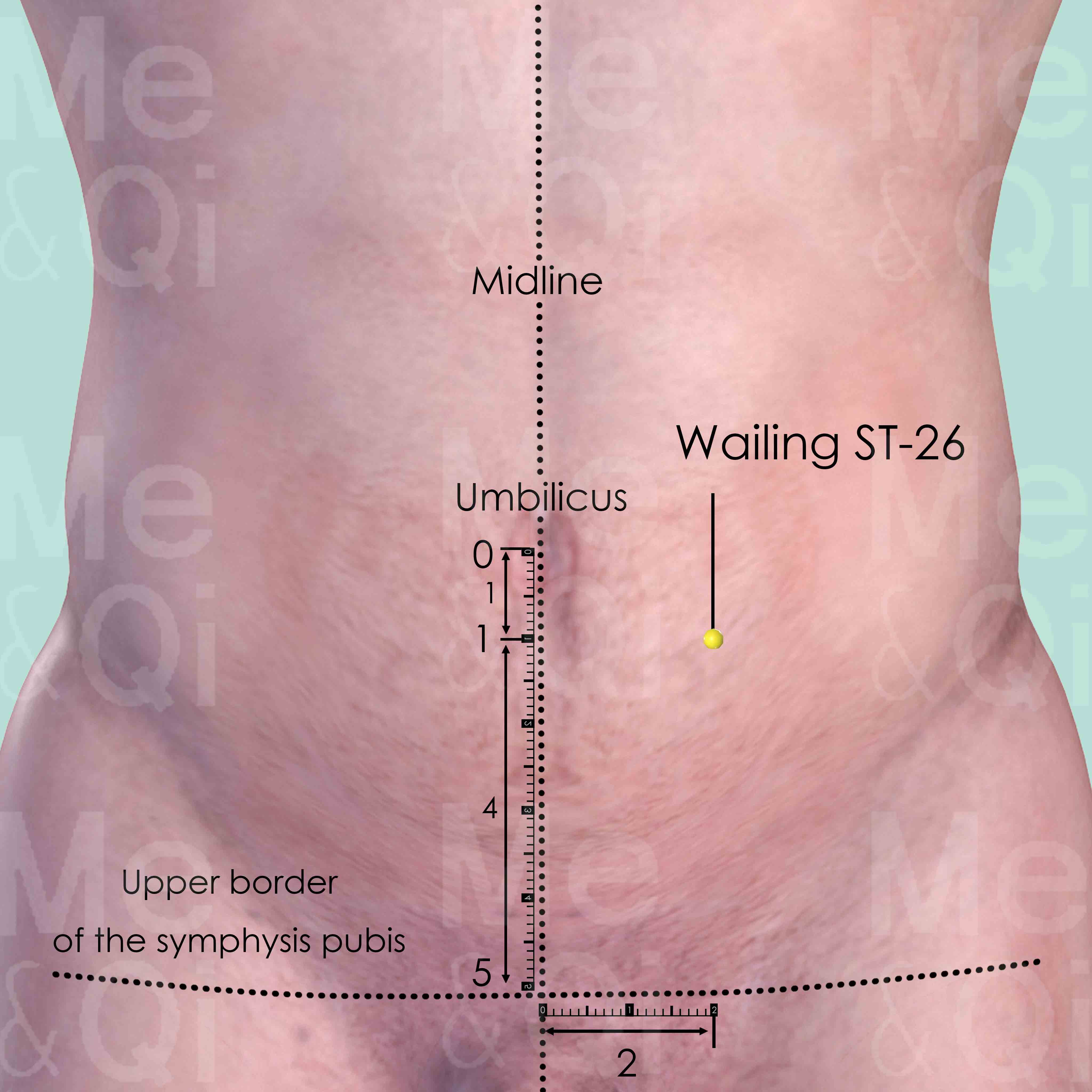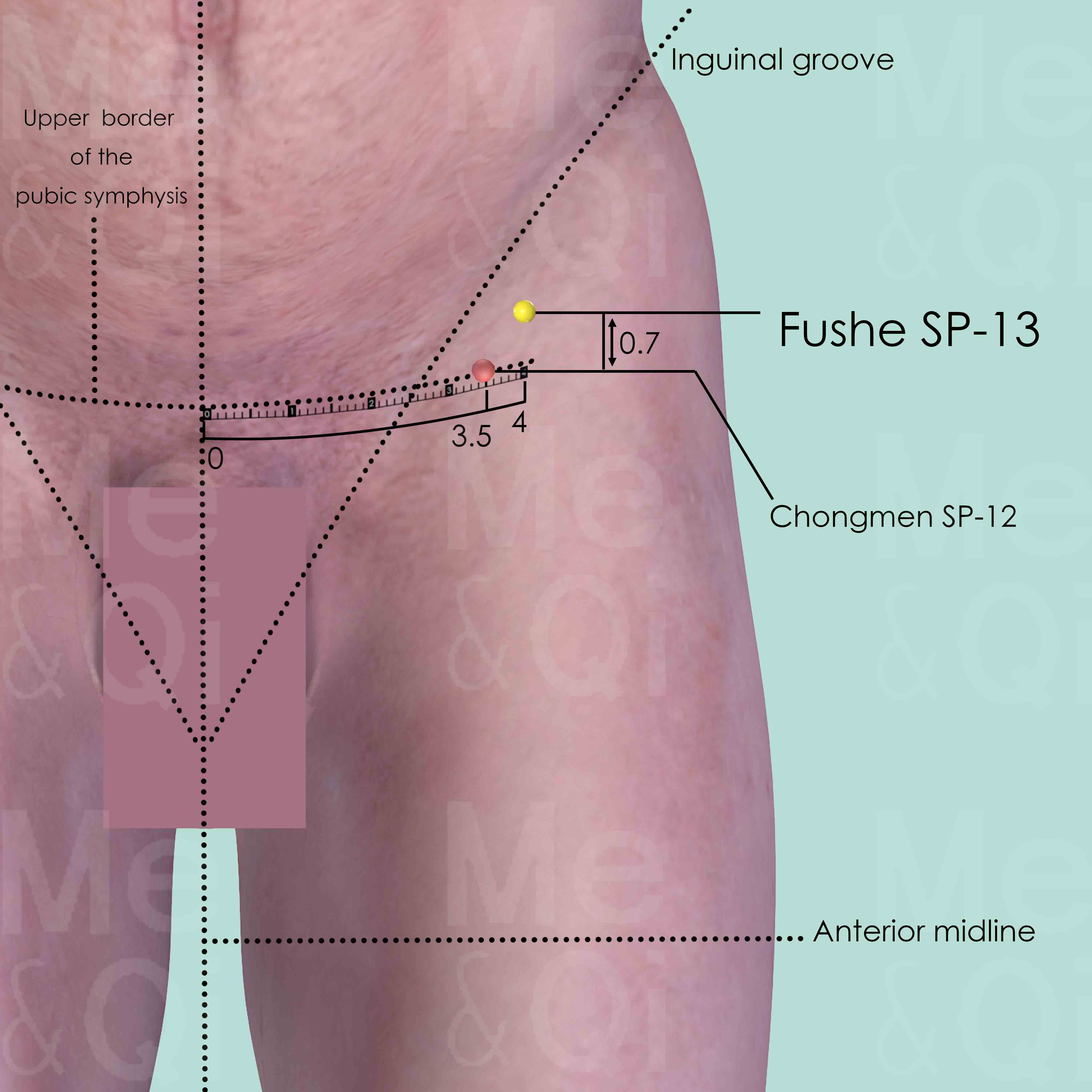Shan Disorderaccording to TCM
Symptom family: Skin Inflammation & Swelling
What is Shan Disorder?
Shan disorder, traditionally recognized in Chinese Medicine, encompasses a range of abdominal symptoms including discomfort, bloating, and palpable masses, often associated with reproductive organ issues. Unlike its direct translation to any single condition in modern Western medicine, shan disorder broadly covers what might be classified today as symptoms of hernias, ovarian cysts, or certain gastrointestinal disturbances.
It's characterized by its sudden onset, the mobility of the abdominal mass, and the relief of pain upon its disappearance, indicating a complex interplay of internal factors rather than a straightforward diagnosis.
How does TCM view Shan Disorder?
Traditional Chinese Medicine (TCM) perceives shan disorder as an imbalance of Qi and Blood within the body, often compounded by the presence of Dampness or Cold invading the lower abdomen. TCM theory suggests that shan disorder arises from a Stagnation of Qi and Blood, leading to the formation of masses and discomfort.
The condition is viewed through the lens of holistic balance, emphasizing the importance of identifying the underlying disharmony—be it Qi Stagnation, Blood stasis, Damp accumulation, or Cold penetration—to effectively tailor the treatment. This approach highlights TCM's nuanced understanding of abdominal disorders, focusing on restoring harmony and flow within the body's energetic pathways.
Acupoints for Shan Disorder
TCM offers a variety of acupoints for the treatment of shan disorder, aiming to restore balance, stimulate the flow of Qi and Blood, and dispel any pathogenic factors. Among the Liver Channel points, Dadun LIV-1 and Taichong LIV-3 are emphasized for their ability to regulate Qi in the lower abdomen and invigorate Liver Qi, respectively, addressing the root causes of Qi Stagnation and Blood stasis. The Directing Vessel points, including Huiyin REN-1 and Qihai REN-6, play crucial roles in regulating the genitalia and strengthening the Kidneys, further supporting the body's recovery.
Additionally, points on the Bladder Channel, such as Heyang BL-55 and Xialiao BL-34, are selected for their effectiveness in removing obstructions and resolving Dampness, offering a comprehensive approach to treating shan disorder by harmonizing the body's internal environment and ensuring the smooth flow of Qi and Blood.
Explore below some acupoints used to address shan disorder, organized by meridian.
- By Meridian
- Liver Channel
- Directing Vessel
- Bladder Channel
- Stomach Channel
- Spleen Channel
- Governing Vessel
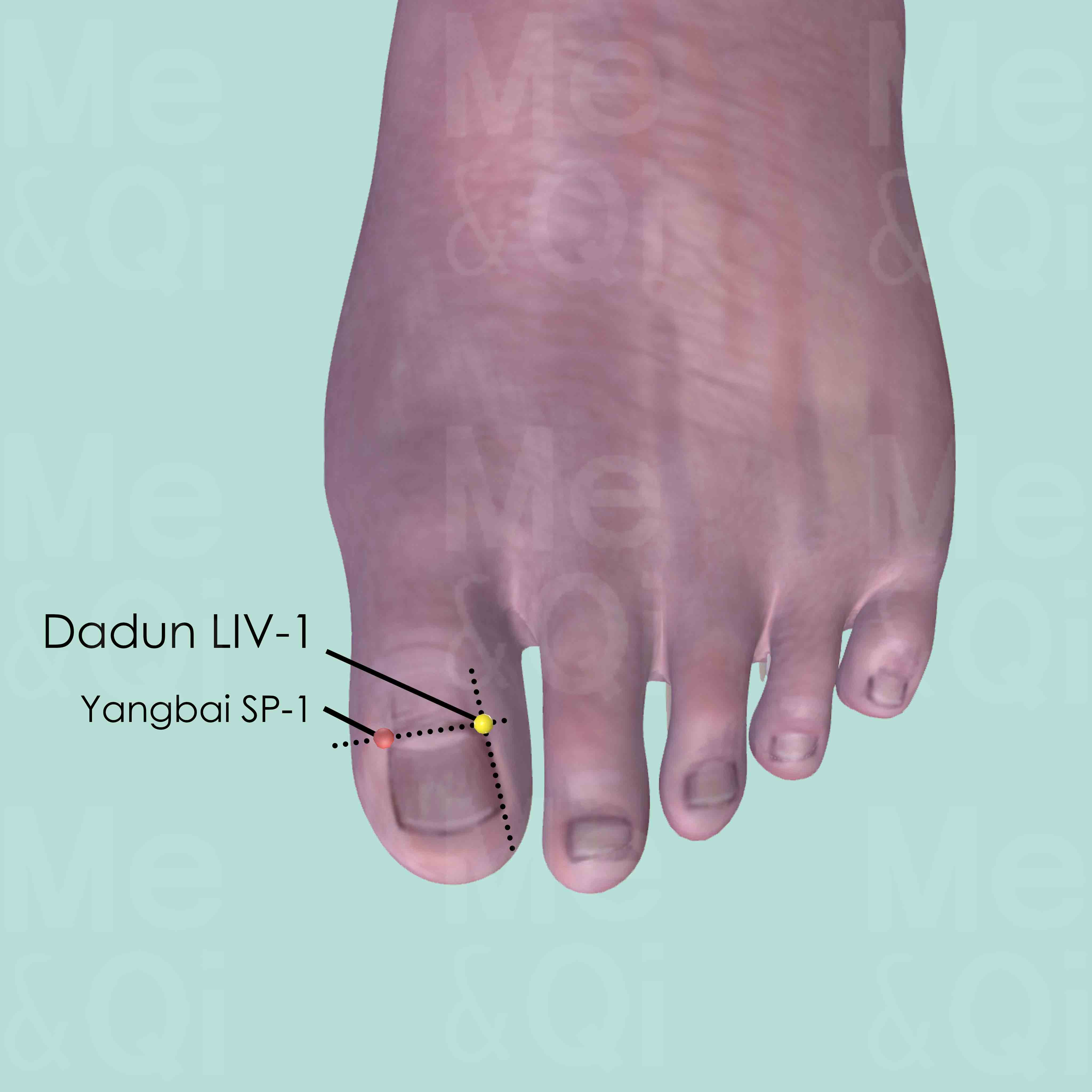
Dadun LIV-1
On the lateral side of the dorsum of the great toe terminal phalanx, between the lateral corner of the nail and interphalangeal joint.
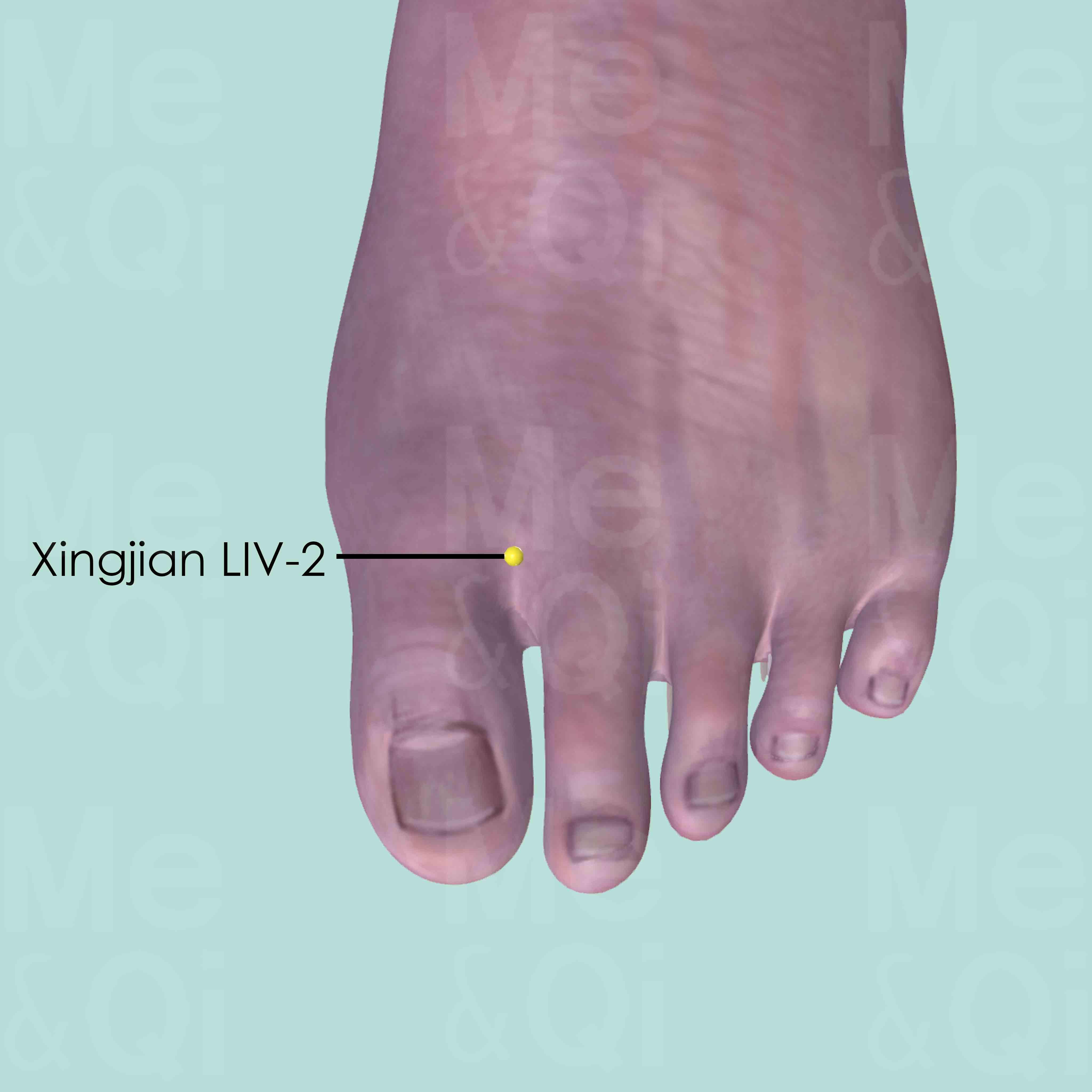
Xingjian LIV-2
Between the first and second toe, on the dorsum of the foot, 0.5 cun proximal to the interdigital fold.
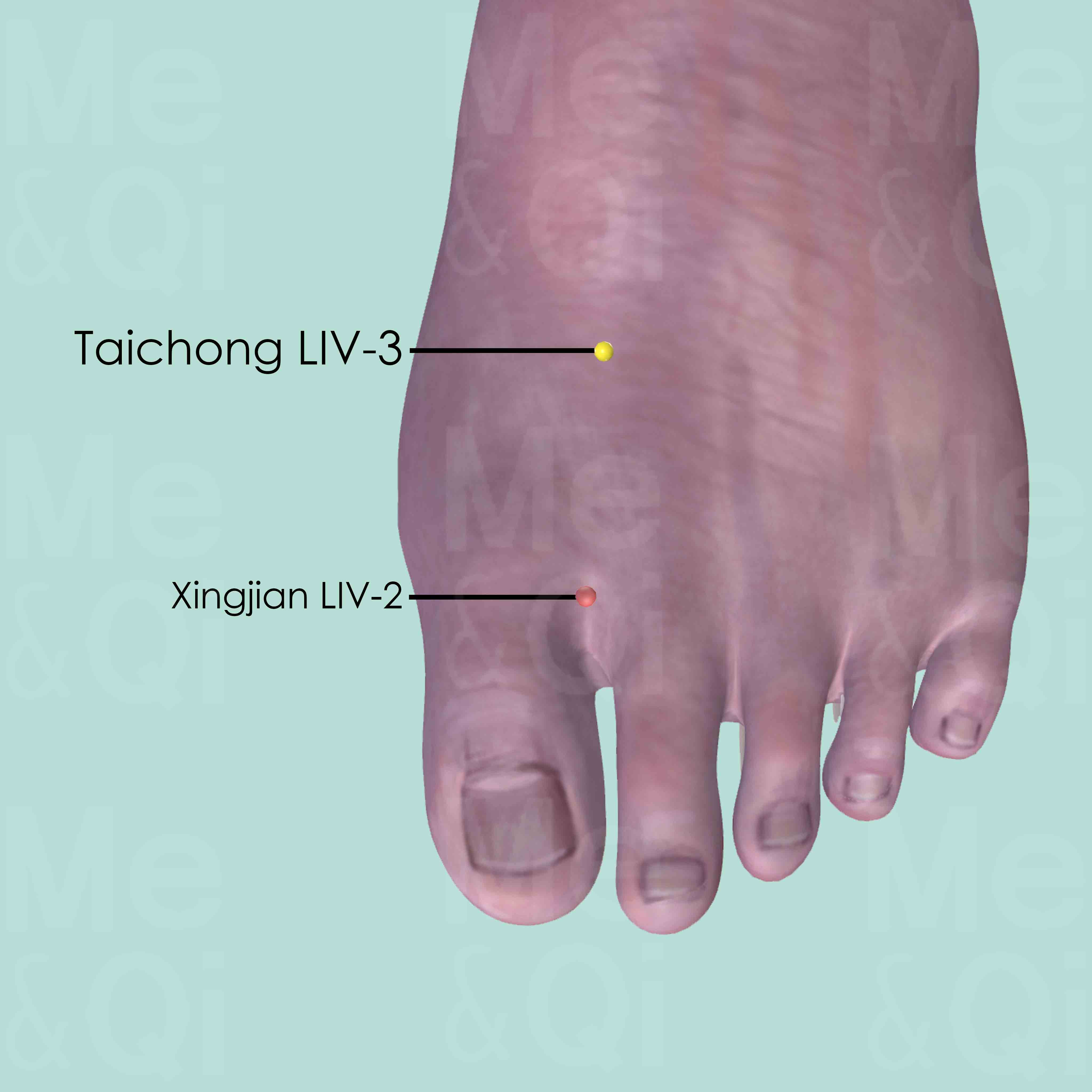
Taichong LIV-3
On the dorsum of the foot, between the 1st and 2nd metatarsal bones, in the depression proximal to the metatarsophalangeal joints and the proximal angle between the two bones.
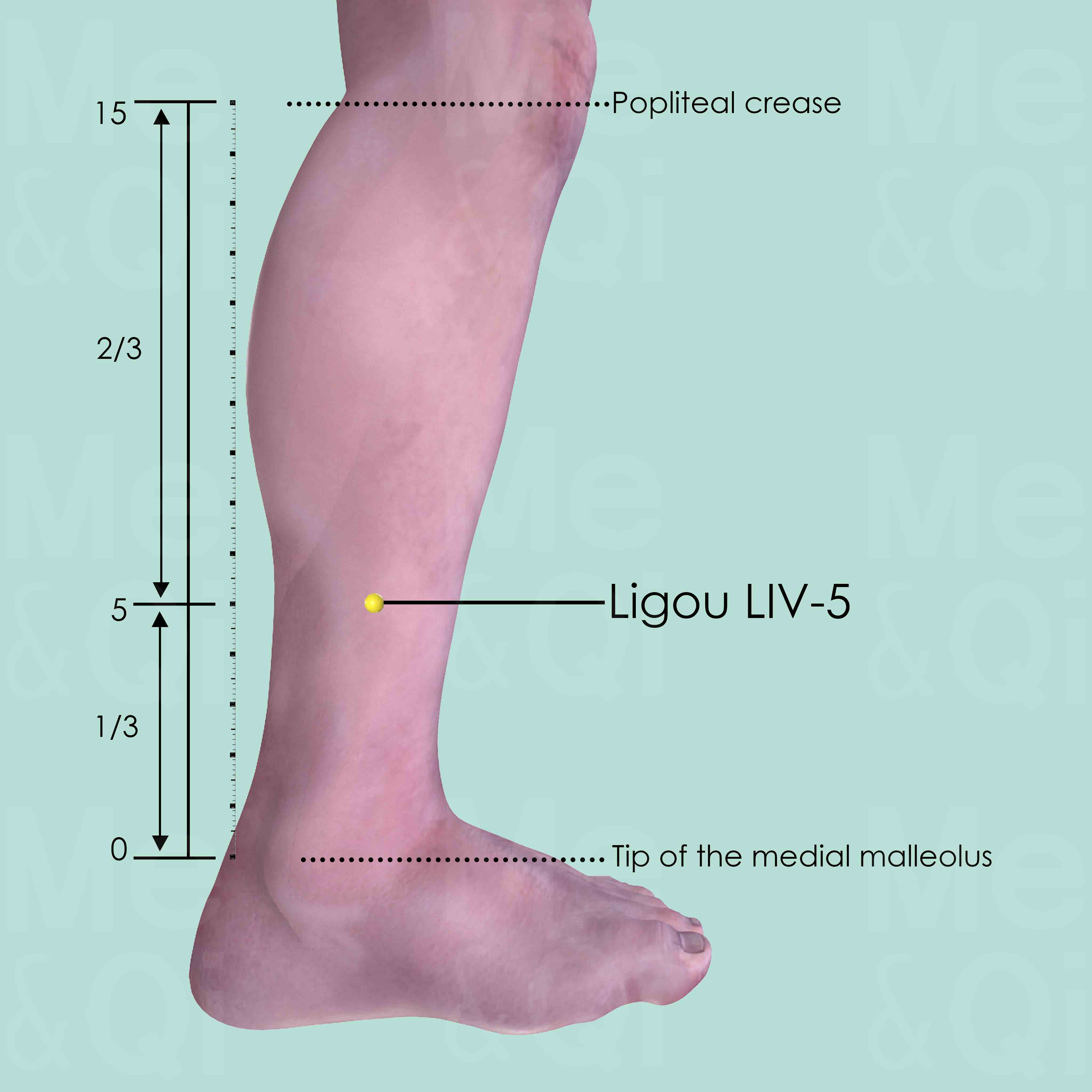
Ligou LIV-5
5 cun above the tip of the medial malleolus, on the medial aspect and posterior to the medial crest of the tibia.
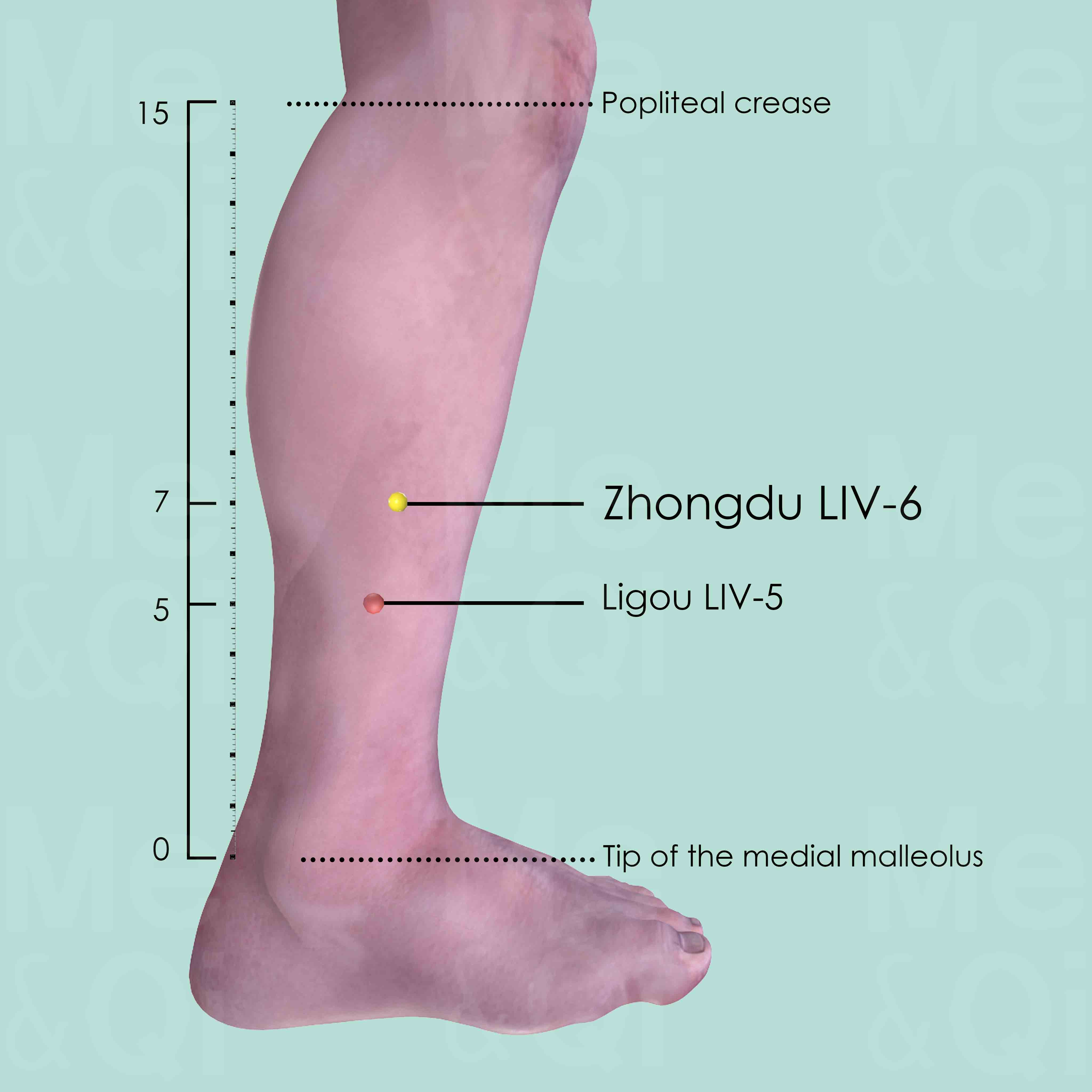
Zhongdu LIV-6
7 cun above the tip of the medial malleolus, or 2 cun above Ligou LIV-5, on the medial aspect and posterior to the medial crest of the tibia.
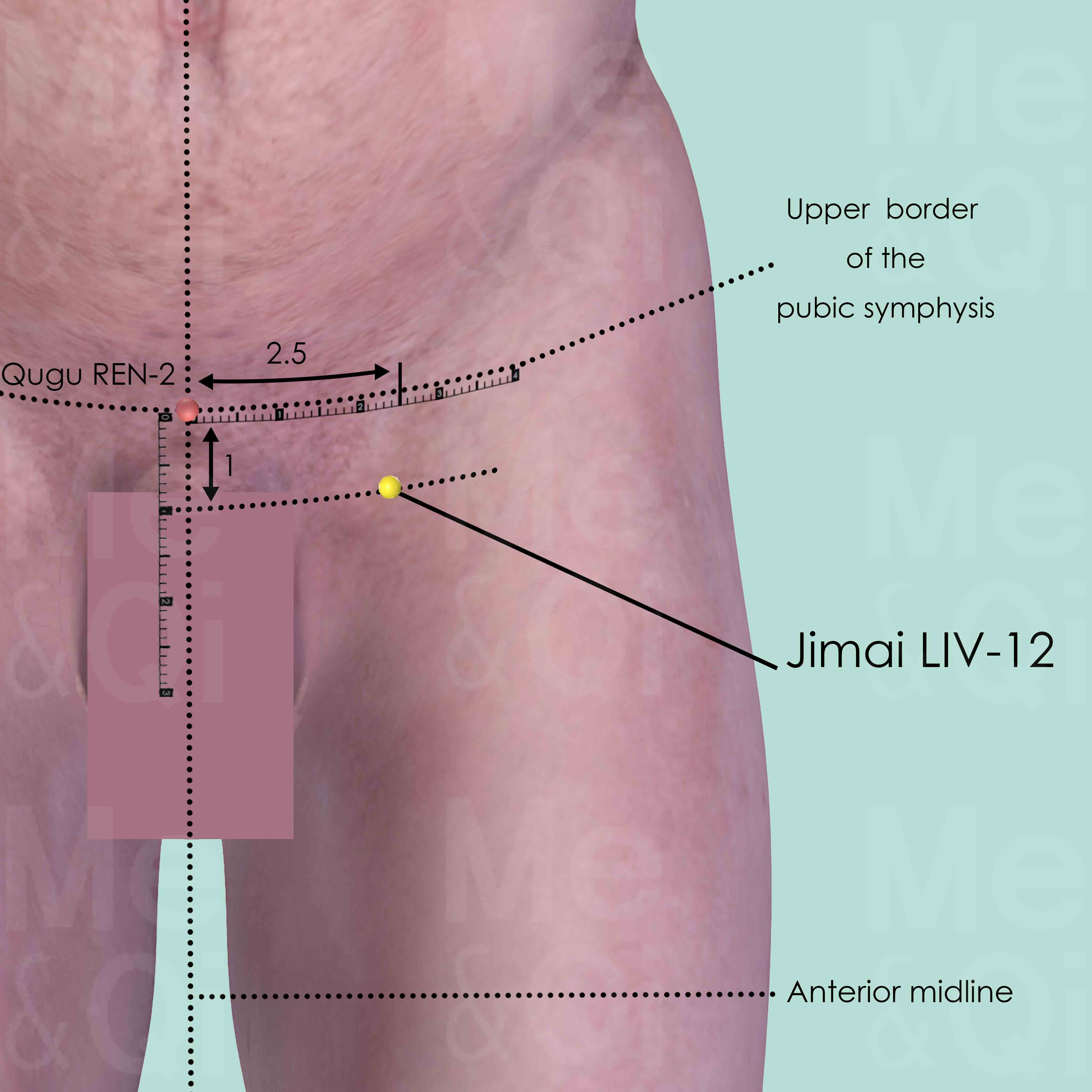
Jimai LIV-12
Interior and lateral to the pubic spine, 2.5 cun lateral to the Qugu REN-2 on the anterior midline and 1 cun inferior to the upper border of the symphysis.
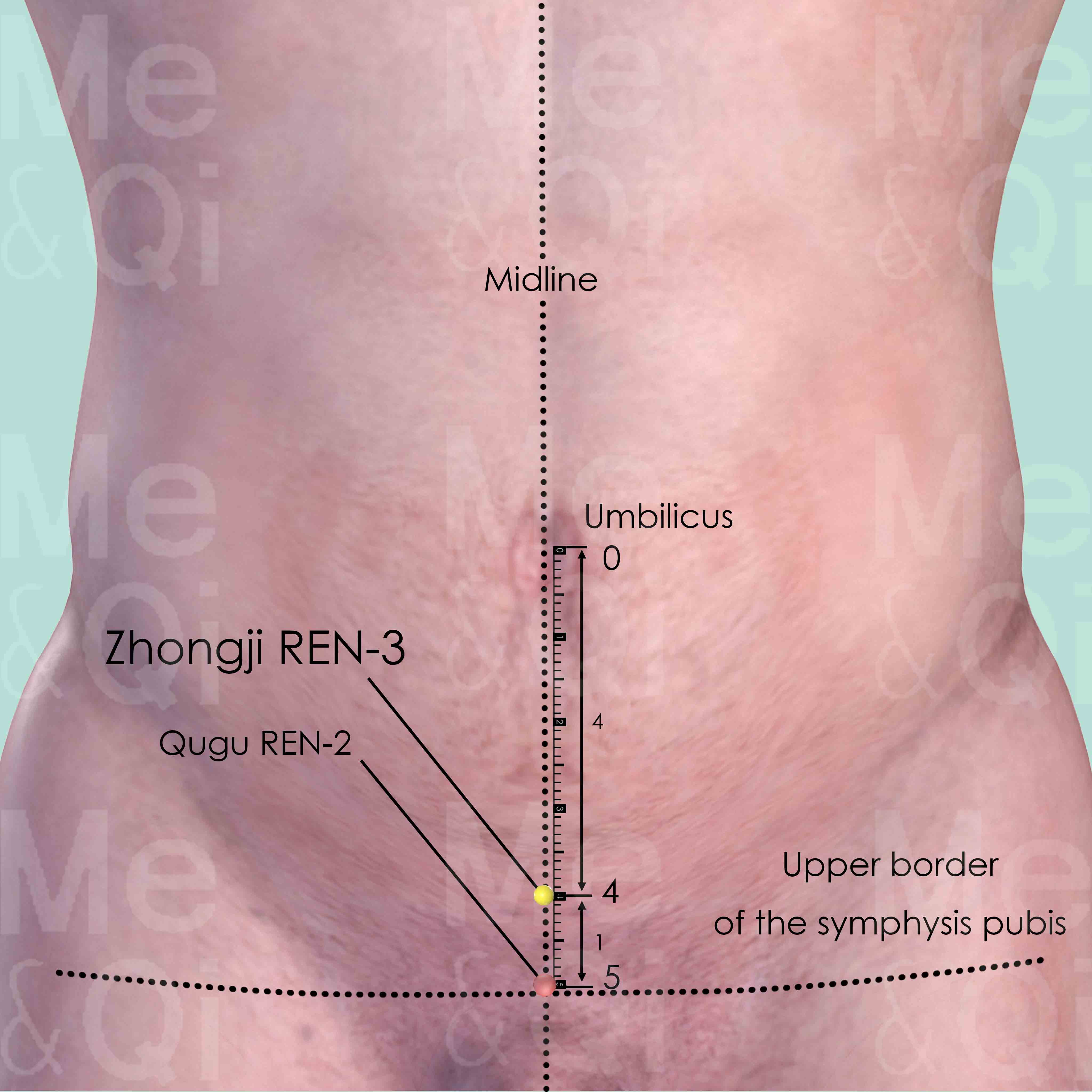
Zhongji REN-3
On the anterior midline, 4 cun below the umbilicus, 1 cun above Qugu REN-2, which is located at the upper border of the symphysis pubis.
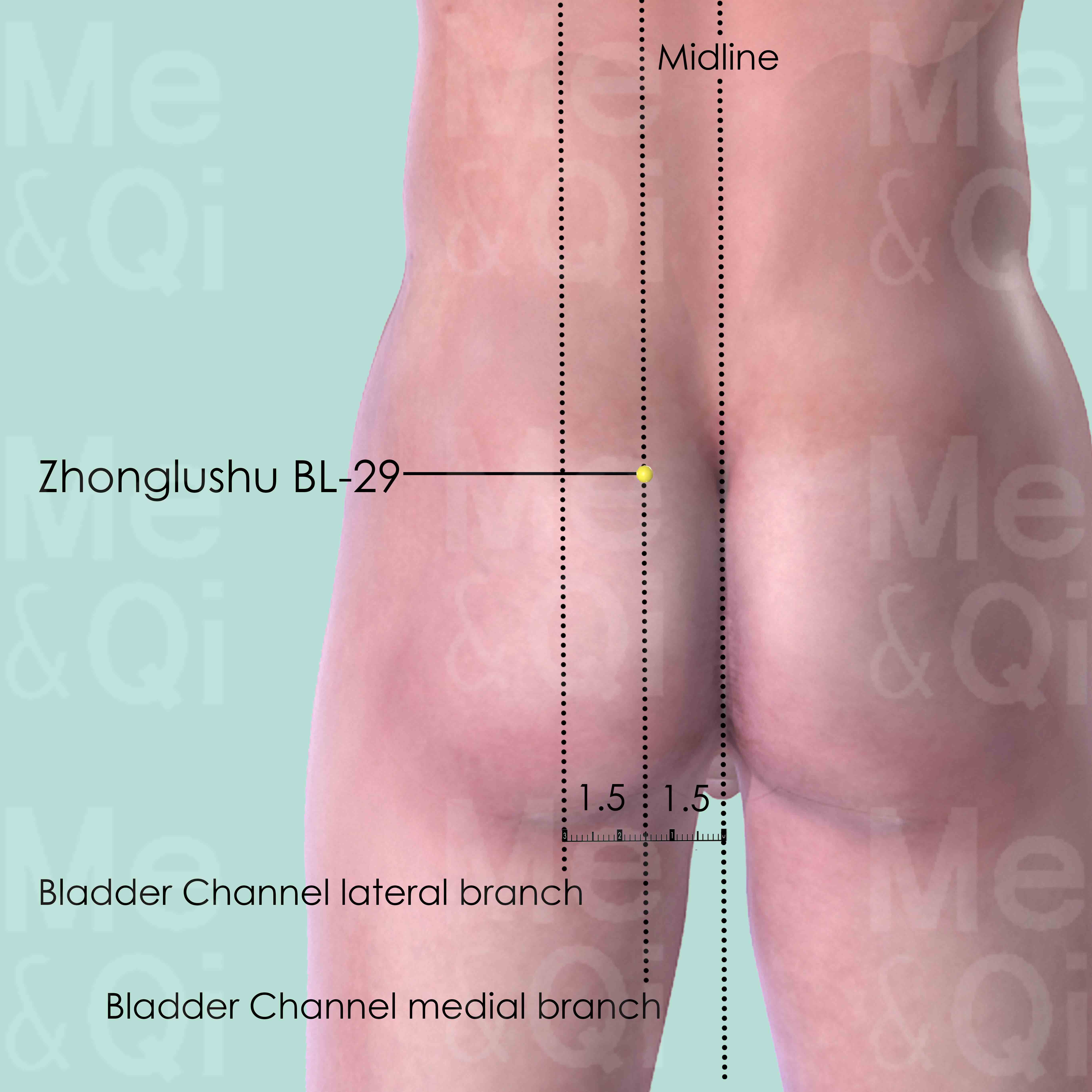
Zhonglushu BL-29
At the level of the 3rd posterior sacral foramen, 1.5 cun lateral to the posterior midline.
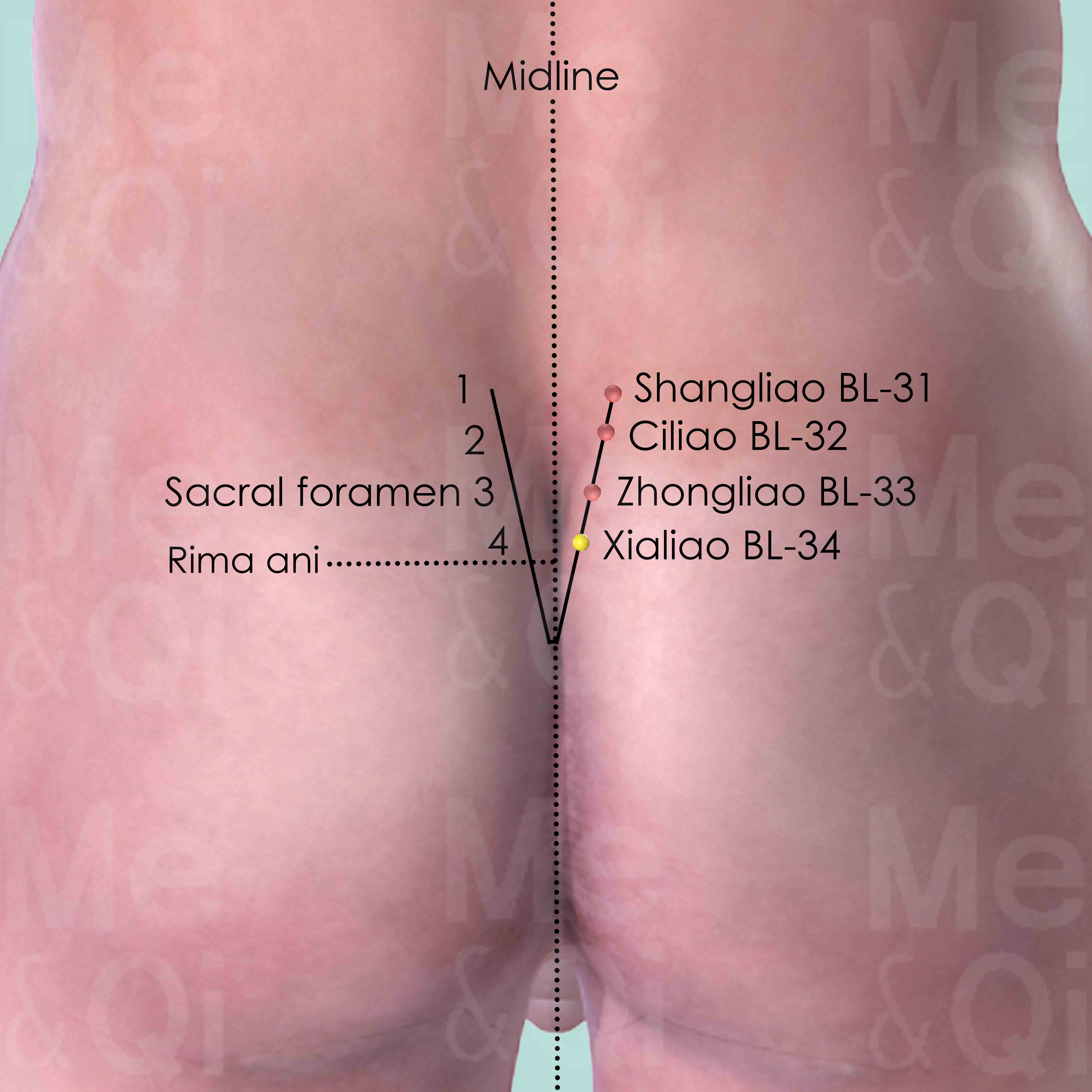
Xialiao BL-34
In the 4th posterior sacral foramen, between the posterior superior iliac spine and the midline.
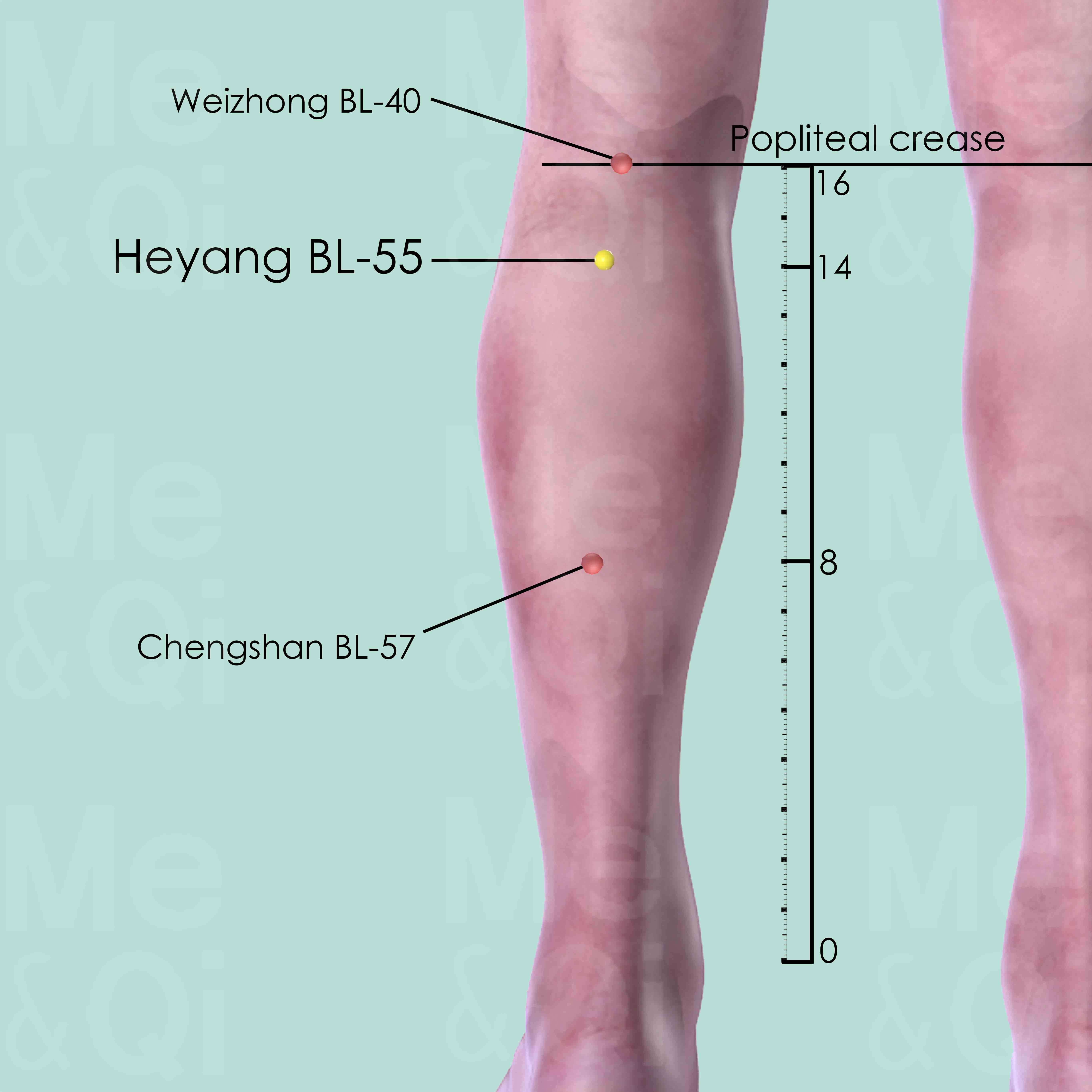
Heyang BL-55
2 cun directly below Weizhong BL-40, between the medial and lateral bellies of gastrocnemius muscle, on the line joining Weizhong BL-40 and Chengshan BL-57.
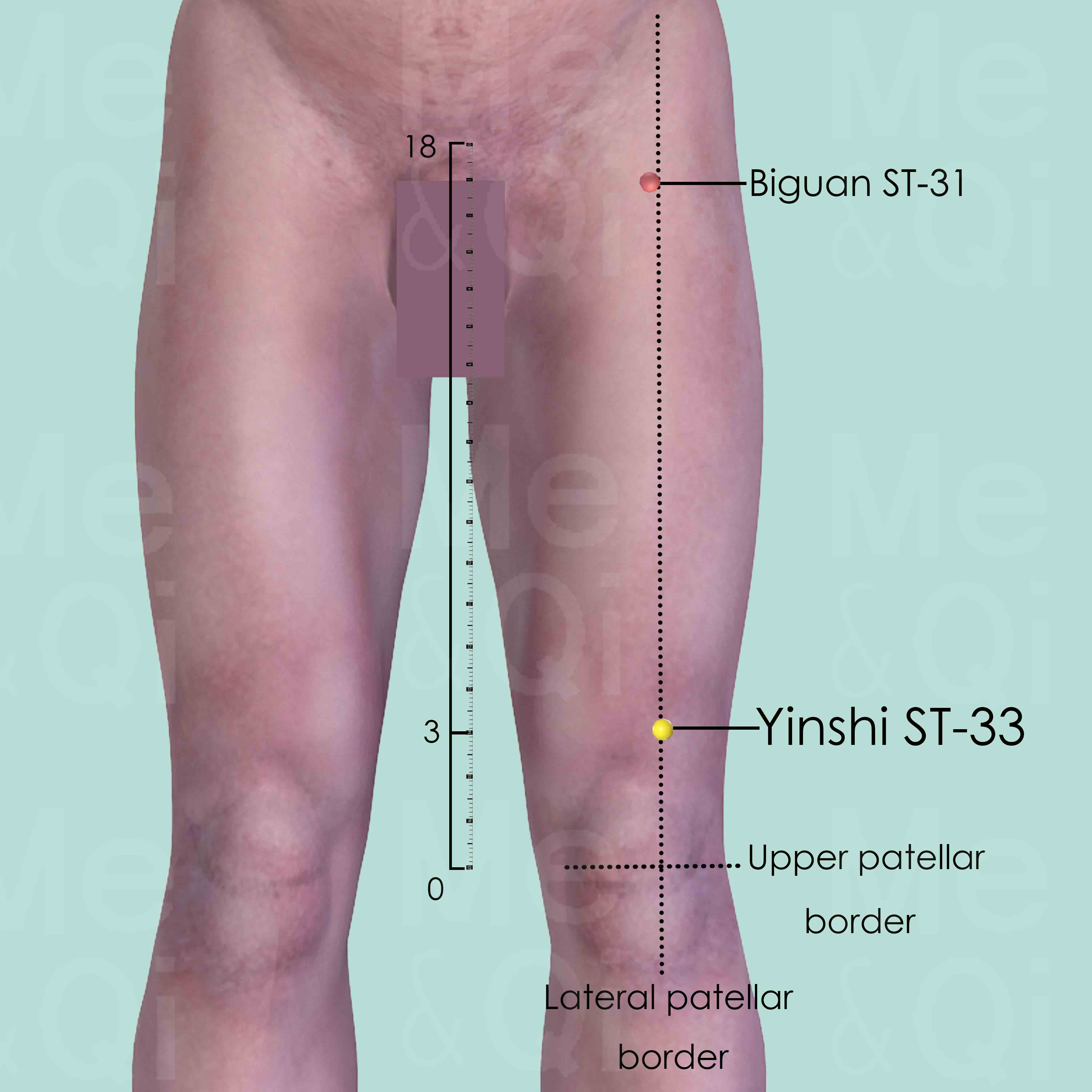
Yinshi ST-33
3 cun above the upper-lateral border of the patella, on a line between the lateral patellar border and the anterior superior iliac spine (ASIS).
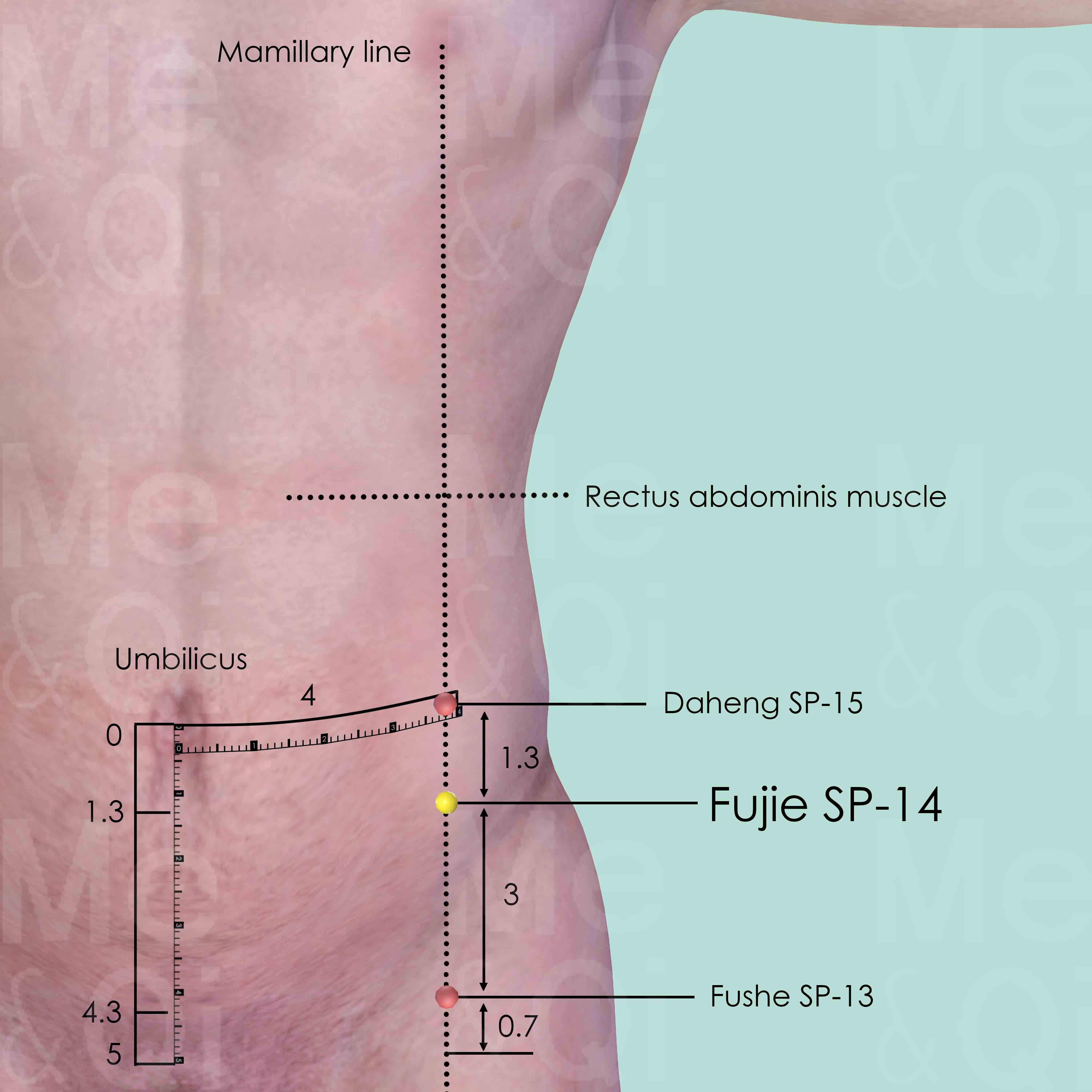
Fujie SP-14
On the mamillary line which is 4 cun lateral to the anterior midline. 3 cun above Fushe SP-13, 1.3 cun below Daheng SP-15, on the lateral side of rectus abdominis muscle.
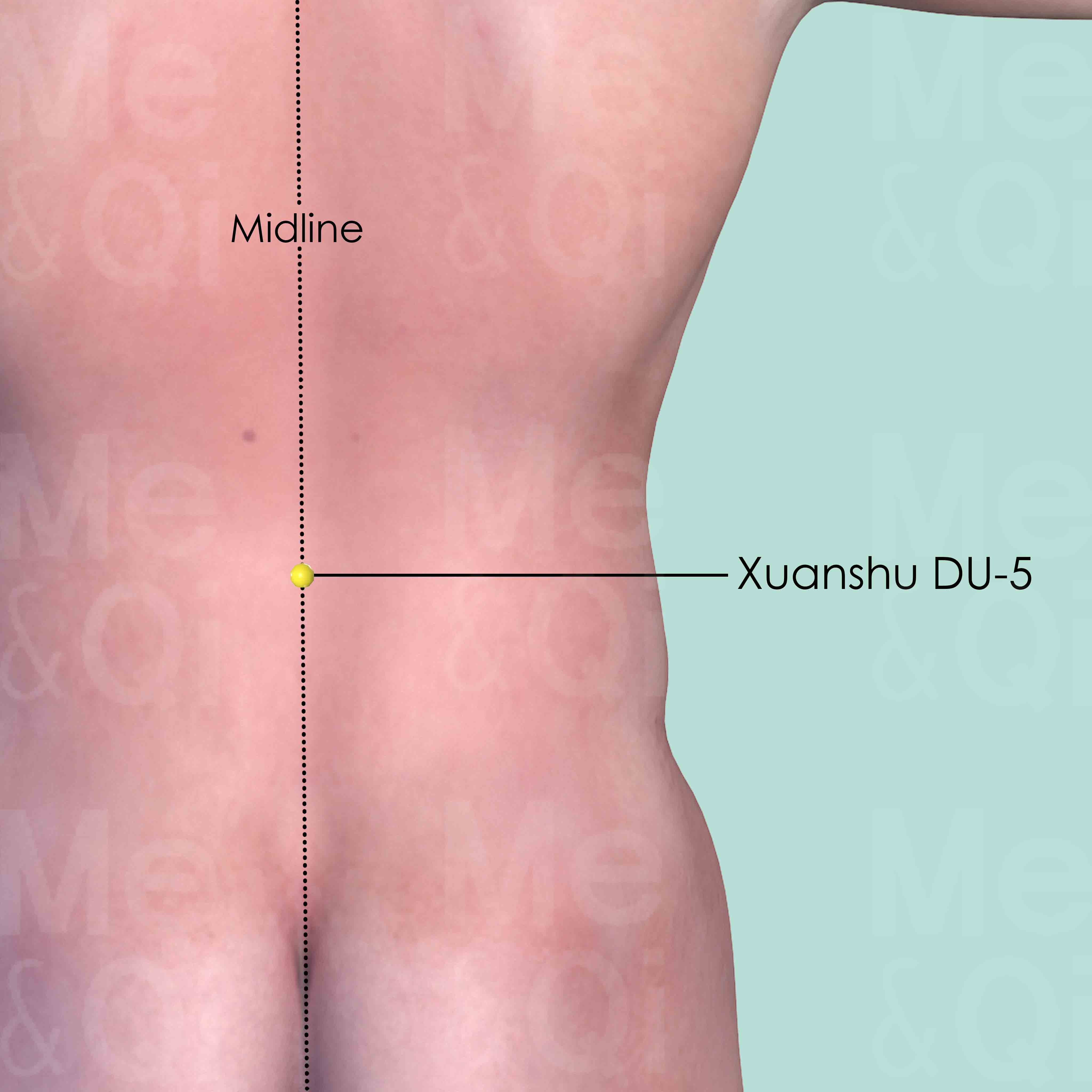
Xuanshu DU-5
On the back midline, in the depression below the spinous process of the 1st lumber vertebra. (L1)

